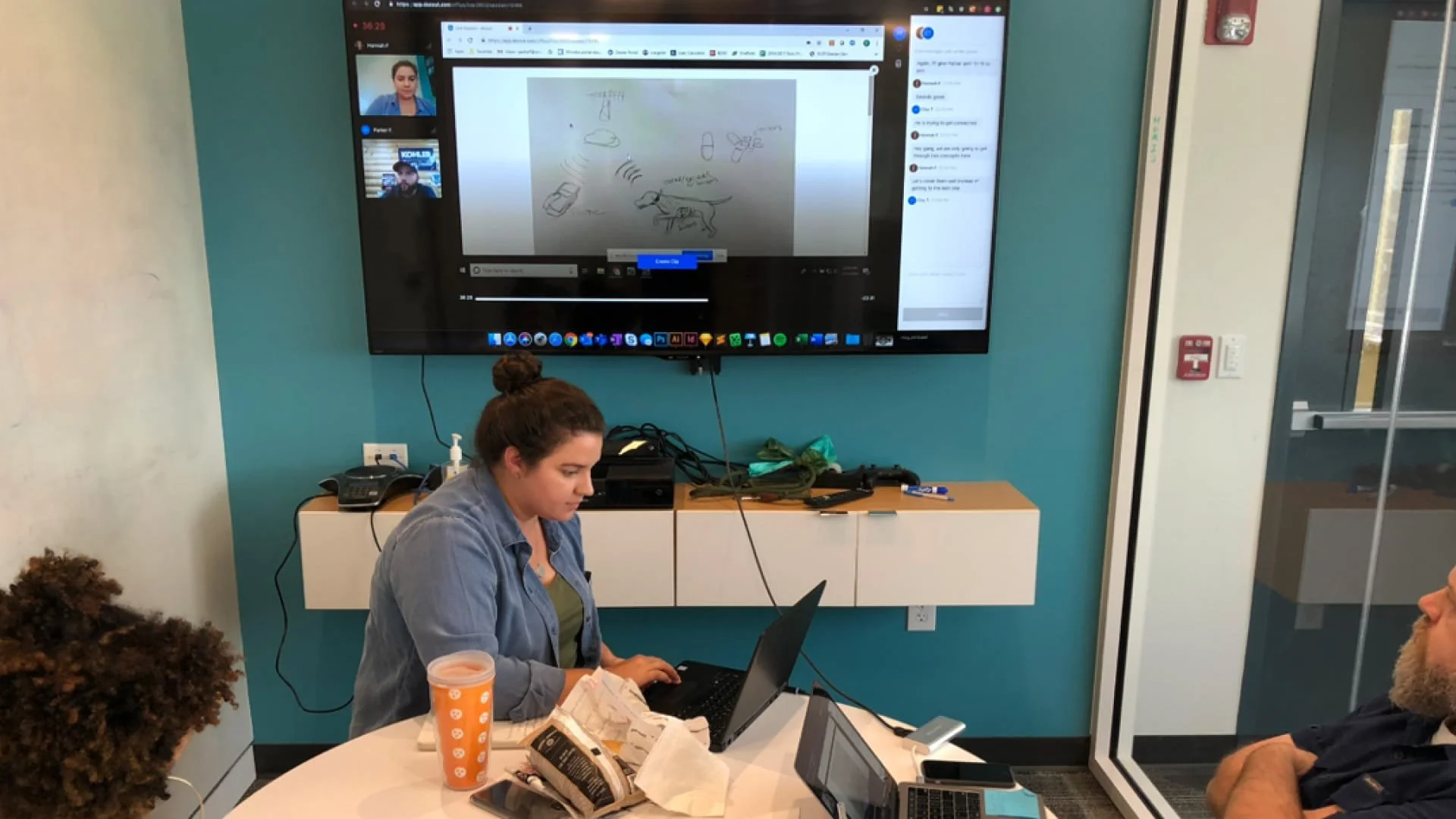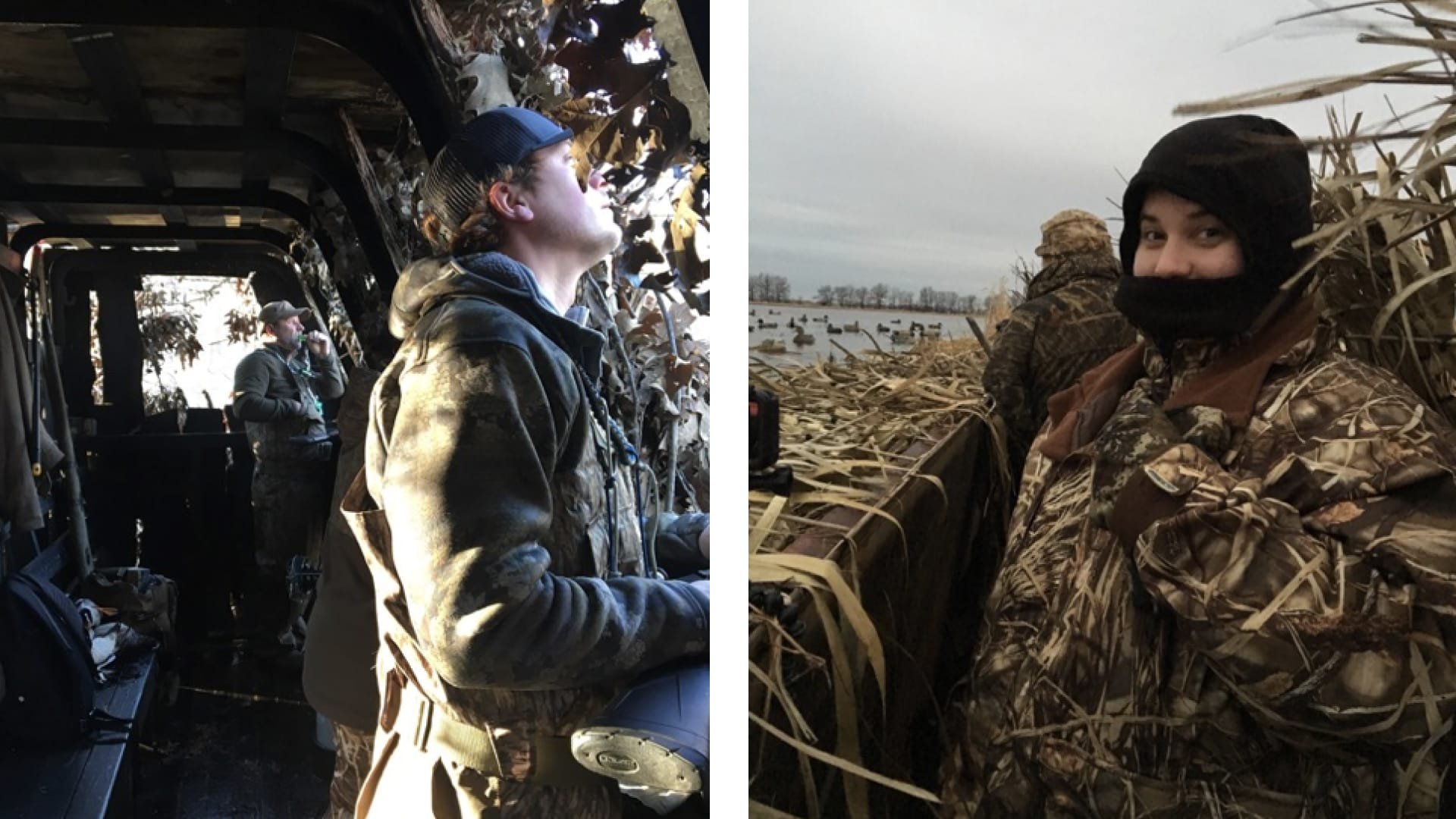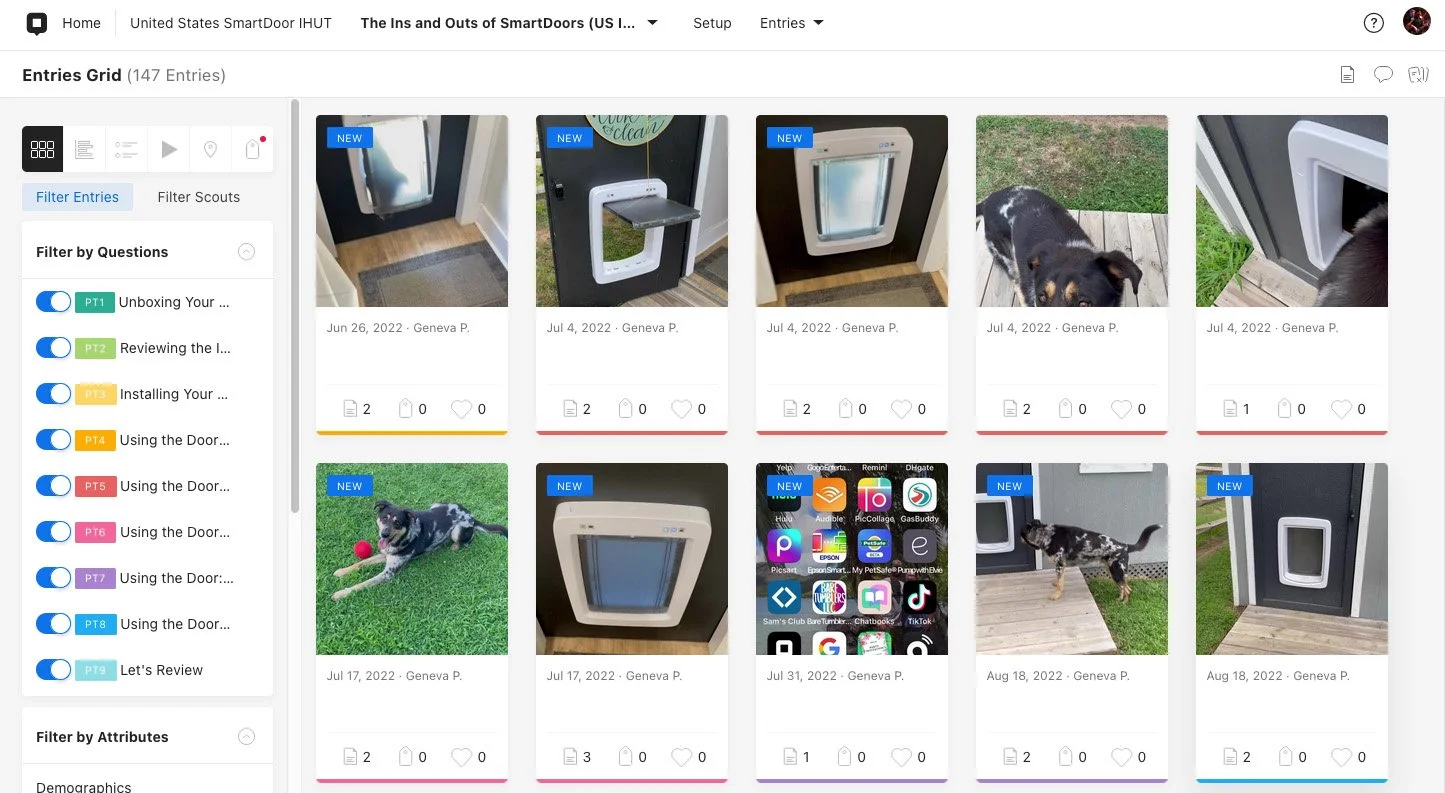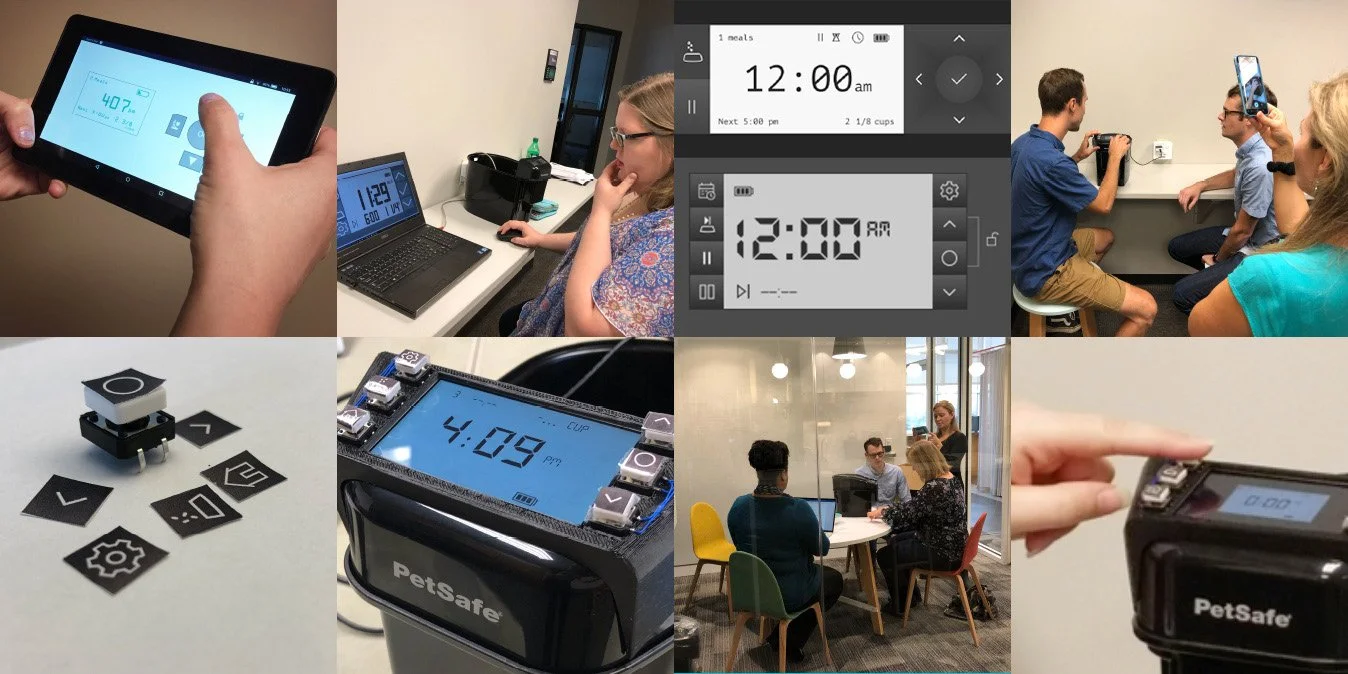Research and Testing
When asked if there is enough time or budget for research, I always respond with “can you afford to NOT research?” There are many ways to address this, but we must start at “what is the right research for the decisions that need to be made?”. When I took over the research department at RSC, the focus was mostly on quantitative…numbers without context that ultimately didn’t drive good decisions. I reimagined the department to have a mixed-methods approach, combining quantitative and qualitative methods and a more democratic approach to sharing findings. When stakeholders and product teams became part of the research process, we made decisions in real time and moved more quickly to market.
Note: due to NDA and industry sensitivity, I’m unable to share the specific product examples in the processes mentioned below.
Talk to real users.
Instead of surveys and outsourced focus groups, I developed the tools and skills on the team to interview and observe our customers. Whether in the field doing ethnographic studies or contextual inquiries, or simply placing prototypes into people’s hands to understand if a design was working, the goal and rallying cry has always been “Insights into Action”.
For one major project redefining a core product for a hunting brand, we started with in-field observation of wetland and upland hunters. Researchers actually wore hip waders and spent cold January days in a submerged box with duck hunters. We followed pheasant hunters around open fields with GoPro camera’s. If you ask customers what they want, they will only tell you what they are consciously aware of. In order to understand behavior and habits that happen at the subconscious, routine level, you have to observe. Through this field work and follow-up remote In-Depth Interviews (IDI’s) we were able to discover and validate significant insights that formed the basis for a pivotal new technology for the brand.
Leveraging qualitative platforms like Dscout was a game-changer for research speed, quality, and reach. There are many remote research platforms, but we found Dscout to be intuitive, robust, and designed exactly for product team rapid feedback. Being able to see videos of users creates natural empathy for teams, and having visuals of product in use revolutionized how our engineers and developers were able to understand and respond to product issues.
My favorite and most effective way to test is with real people, with the entire team involved. When stakeholders, designers, researchers, engineers, and developers came together to work on improving the programming experience of an automatic pet feeder, we accomplished more in six weeks than the individual groups had done in two years. Cross-department collaboration is always the key to speed and success.
In the above example, I was tasked with understanding and correcting an interface problem on an existing hardware product that was driving higher call center cost and lower product ratings. The images show physical UI prototyping through many stages using different levels of fidelity based on speed and what we needed to learn, from an interactive mock-up on a tablet through bluetooth buttons connected to an iPod touch. My roles were design and research director, requirements gatherer, and at times designer and researcher. While using the project to teach other designers, engineers, and category managers about usability testing and rapid prototyping, we also achieved a high goal we had set for ourselves. We changed an programming process that required 18 steps across three pages of a product manual into an experience where all testers could successfully program the UI without any manual at all!




